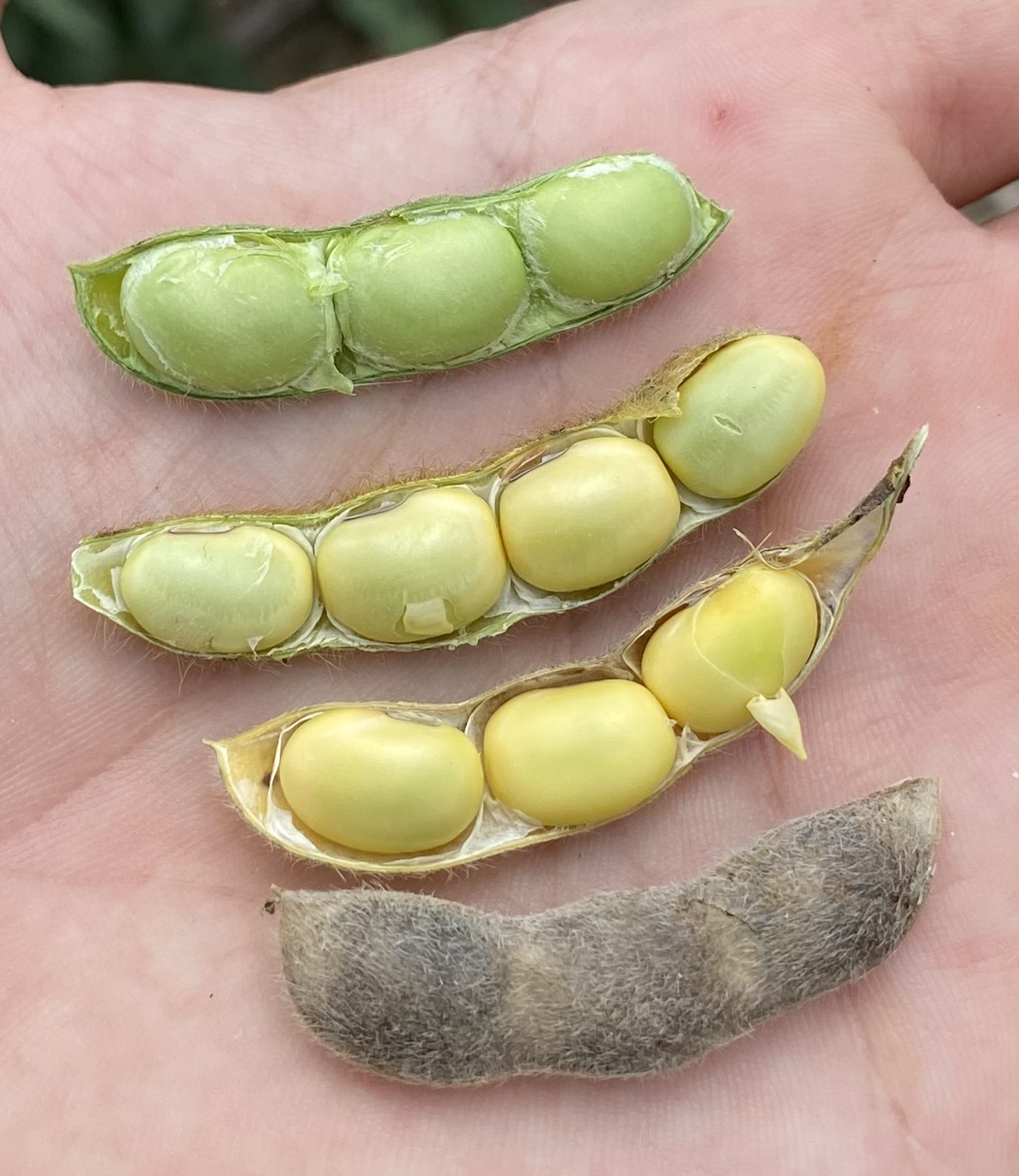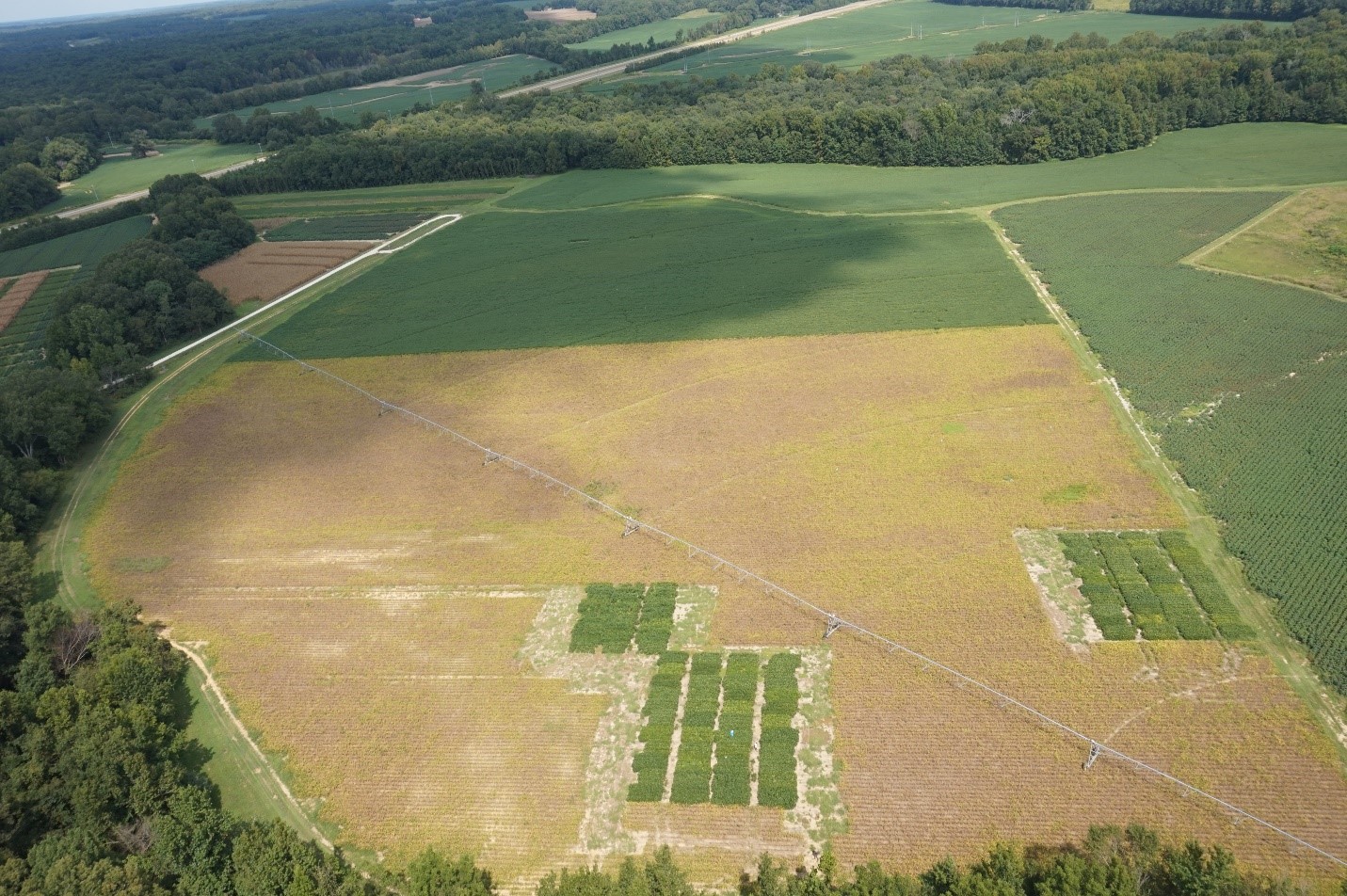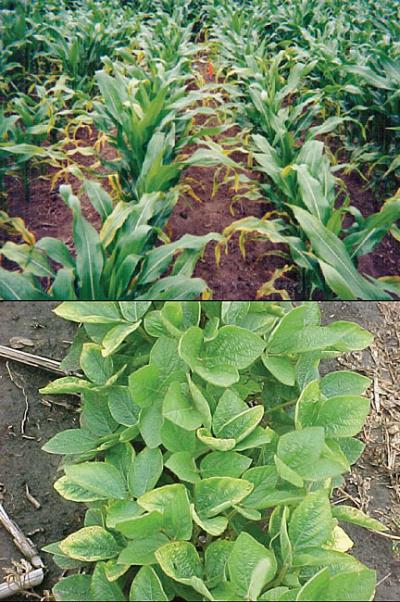As we move into the 3rd week of August, it’s time to consider your desiccation options for soybean. Application timing is the most important. Too early and we will lose yield. Too late, and we’ve missed the window.

R6
R6.5
R7
R8
As we move into the 3rd week of August, it’s time to consider your desiccation options for soybean. Application timing is the most important. Too early and we will lose yield. Too late, and we’ve missed the window.

From late April and throughout the month of May, many parts of Middle and West TN have received persistent rainfall that is well above the average for this period. These rains have produced persistently wet soil conditions and have coincided with sidedress N fertilizer application where most or all of the recommended N is applied. With this much rain, there is potential for N loss. Continue reading
Soybean cultivar selection in the Mid-southern U.S. has shifted toward early maturing, indeterminate maturity group (MG) 4 varieties. This shift has increased the adoption of harvest aid application in these environments. Leaf retention and green stems and pods in earlier maturing, indeterminate varieties after physiological maturity can delay harvest. Application of harvest aids also assists in late-season weed control and may allow producers to achieve earlier crop delivery at an above-base premium. Continue reading
The Tennessee Top Bean soybean yield contest sponsored by the TN Soybean Promotion board and coordinated by UT Extension is open for entries now until September 1st for the 2023 season. Continue reading
| As we approach the end of July, much of our corn and some of our soybean acres are in the latter portion of their respective reproductive growth stages. As we progress toward physiological maturity, lets revisit irrigation termination decisions for these two crops. |
| Week 4: Magnesium |
| In this installment in our series on nutrient deficiencies in corn and soybean, this week we take quick look at magnesium: symptomology, sources, and common causes. |
 Photo credit: University of Tennessee Institute of Agriculture (UTIA), Shekoofa’s lab
Photo credit: University of Tennessee Institute of Agriculture (UTIA), Shekoofa’s lab
Irrigation timing: Corn & soybean
As we head into the second week of June, many growers are understandably concerned about potential yield loss due to drought stress. In this blog post our Extension Corn and Soybean Specialist, Dr. Jake McNeal and I have discussed irrigation strategies for both corn and soybean.
Understanding the relationship between crops and their environment is critical for effective irrigation management. Crop water use and demand varies as a function of growth stage and weather conditions. Furthermore, the capacity of a soil to hold and deliver water to plant roots (soil water–holding capacity) varies widely across different soil textures.
Also, we want to emphasis that there is a distinct physiological difference between heat stress and drought stress, especially in corn. Even in the presence of adequate soil water, corn leaves will often curl inward from the leaf margins during extended periods of high temperatures. Many refer to this as “pineapple leaves” or a “pineapple crop”. Furthermore, it is very difficult to discern between the two without utilizing a soil water sensor in your crop.
Corn-The Mid-South region of the U.S. receives sufficient annual rainfall to grow corn without irrigation in most years. However, irrigation is common in corn production because rainfall is not always distributed adequately throughout the growing season for the crop, especially during critical reproductive periods. Therefore, not all rainfall can be considered effective. Continue reading
| Week 3: Potassium |
| In the third installment in our series on nutrient deficiencies in corn and soybean, this week we take quick look at potassium: symptomology, sources, and common causes. |
